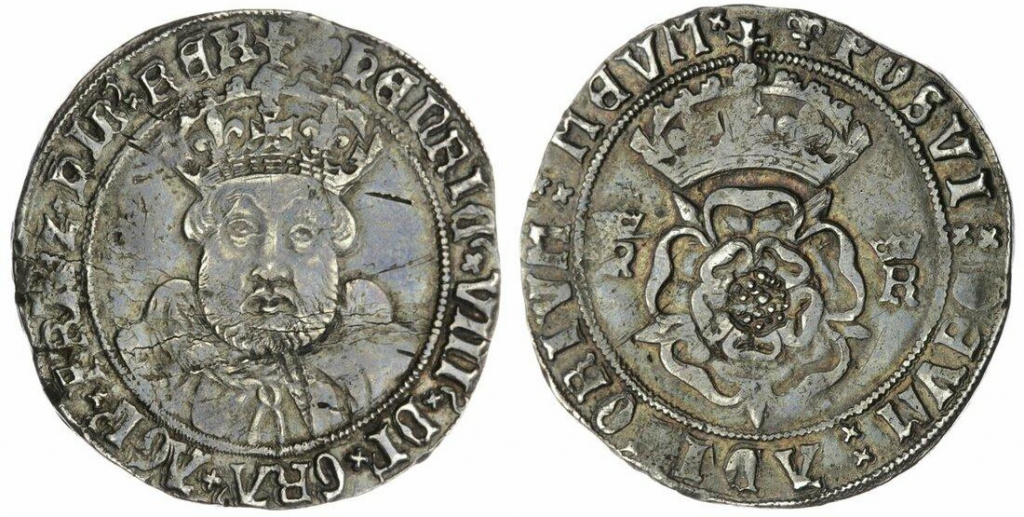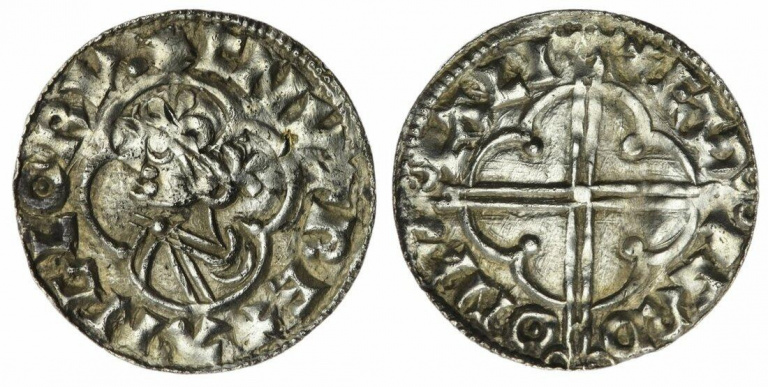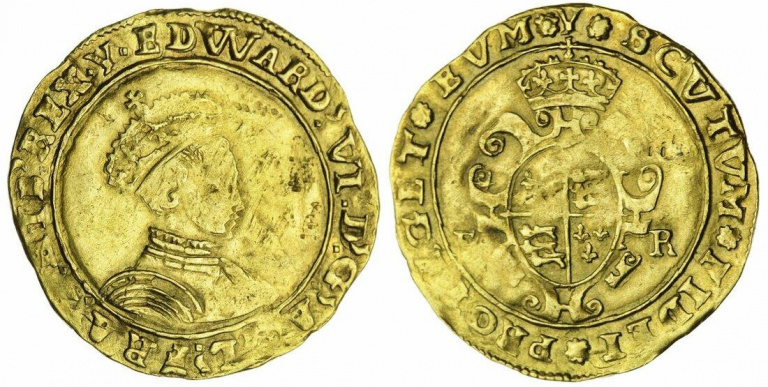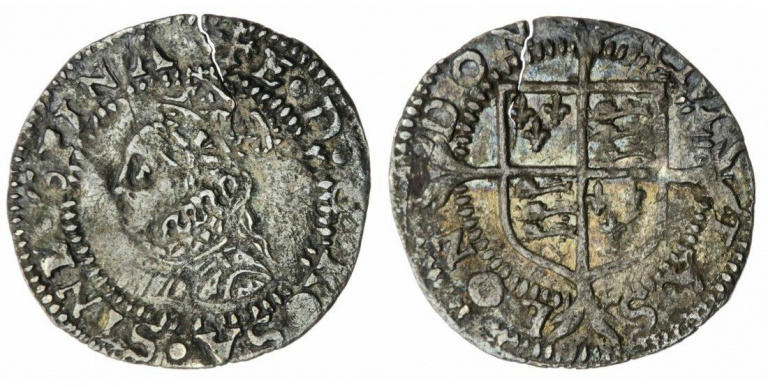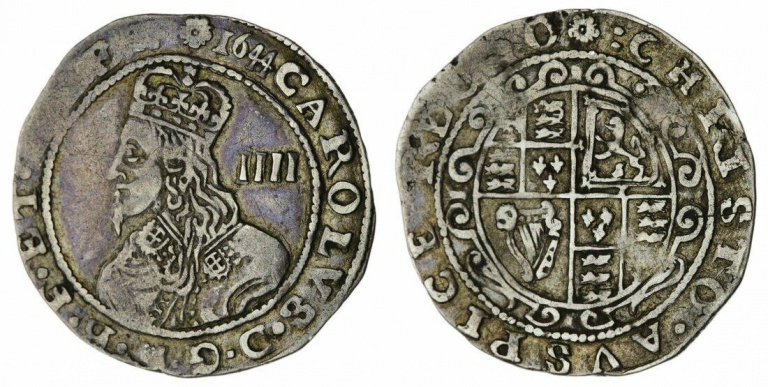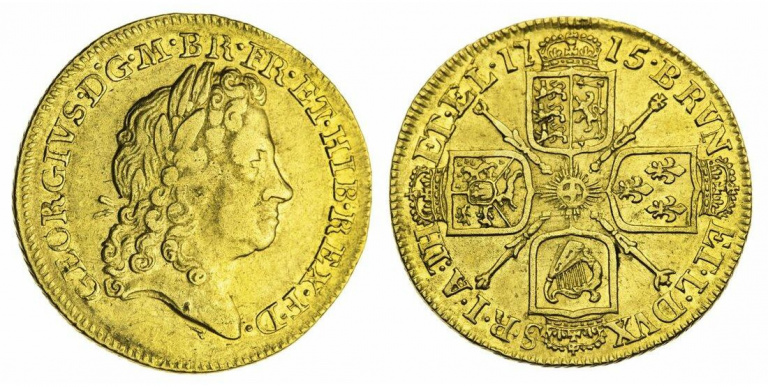Spink – The Rymer and Trajan Collections
Spink – The Rymer and Trajan Collections
Spink held an auction that closed on 29 April 2021 . The full catalogue can be found here. To see a specific lot in the auction catalogue, click on the lot number.
There is a buyer’s premium of 20 % (plus VAT) on the hammer price.
Featured Lots
The obverse legend reads EDWARD’ DI GRA REX AnGL + FRAnC DnS hIB + AQVIT. The inclusion of the French title indicates that this is a Post Treaty Period noble minted in Calais. The Treaty of Bretigny was abrogated on 3 June 1369 and Edward reaffirmed his claim to the French throne.
Comparison with a “Treaty B” Noble
The first of the post treaty nobles were in the same lettering and general style of the old “Treaty B” with Z.FRA inserted after ANGL to show the French title.
Early in 1370 new obverse dies began to be used with the French title now shown as FRANC instead of FRA. When compared to the Treaty B noble, shown here, it can be seen that the ship is redrawn with the two castles having battlement tops instead of pellets. Also, the bowsprit is carried through the forecastle, and there’e a mooring rope at the bow.
The reverse of the Calais noble would now have a central E with a cross or, as in this lot, a pellet in front of it. To distinguish it as a Calais mint, all the Calais obverses would now carry a flag at the stern (only about half the Treaty Period, Calais noble dies had a flag) and a voided quatrefoil over the sail. They were various minor privy marks employed. In this lot, pellets flank the upper lis at the end of the floriate cross on the reverse.
Introduction of the testoon
The testoon was the forerunner of the shilling. Although Henry VII introduced the coin around 1489, they were produced in extremely small quantities and were probably patterns, not meant for general circulation. Henry VIII began issuing testoons in large quantities from 1544 and they continued to struck after his death in 1547. They were struck during the period of debasement which saw coins struck with increasingly reduced fineness.
Portraiture
In 1536, Hans Holbein was appointed the English King’s Painter and shortly after that he painted the most famous portrait of Henry VIII. The original was lost when the Whitehall Palace was burnt down in 1698. However, Henry had recognised the power of the image and had encouraged artists to copy the painting as shown in the picture here.
Nobles would also commission copies to show their loyalty to the king and hence this has become the iconic image of Henry VIII. Therefore, it made sense to use this image for this coinage.
Scarcity of testoons
Although the testoon was struck in very significant numbers, its subsequent demonetization and withdrawal in 1548 meant that is is quite scarce today. Of those that survive, many are in a poor condition due in part to the composition of the alloy and wear.




